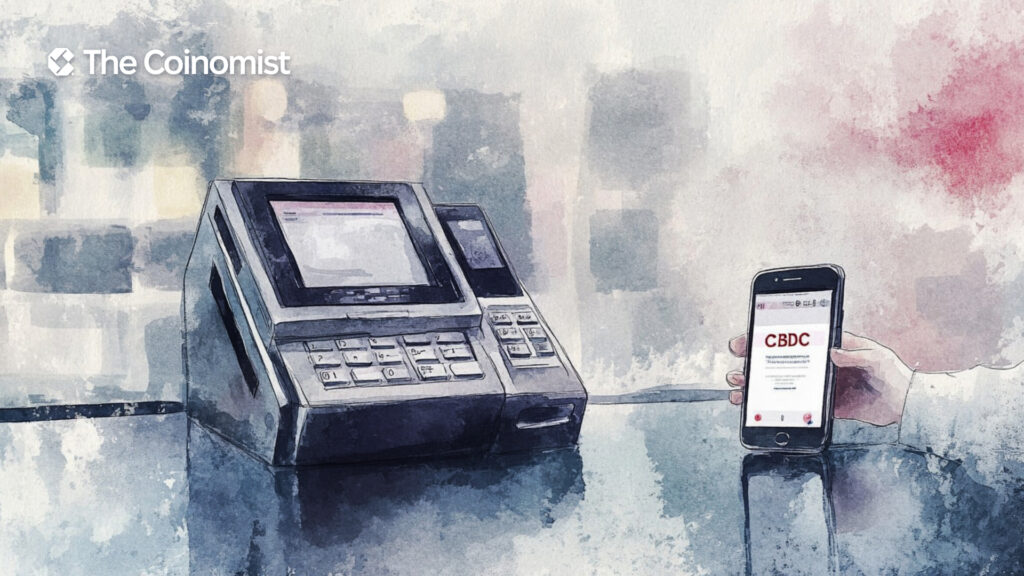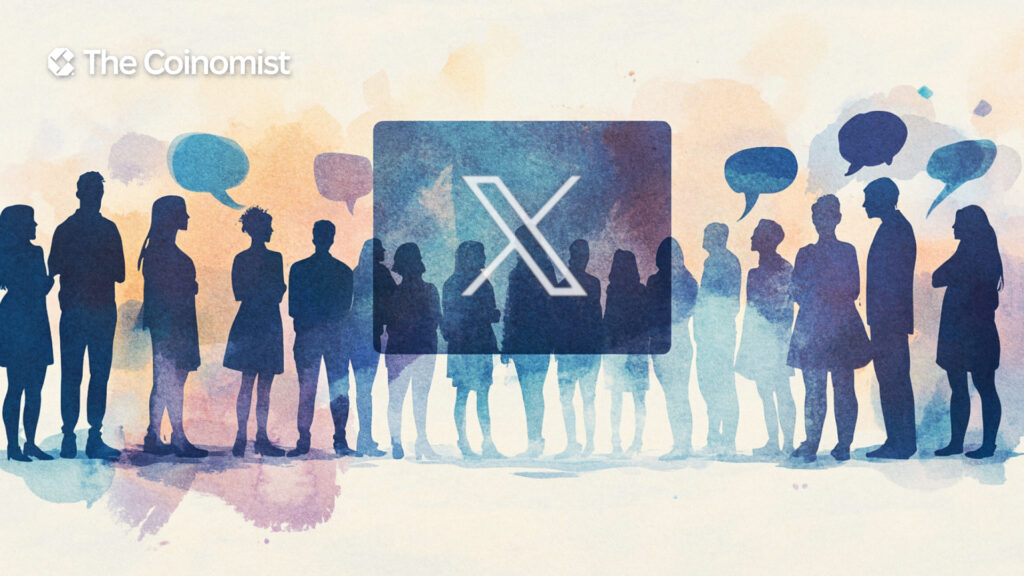What is Account Abstraction? Key Concepts and Benefits Explained

Explore account abstraction, a transformative concept in blockchain that simplifies user interactions. Learn how it works, its benefits, and its potential use cases.
On this page
- Understanding Account Abstraction
- How Does Account Abstraction Work?
- Key Benefits of Account Abstraction
- 1. Enhanced Security
- 2. Improved Usability
- 3. Programmable Transactions
- 4. Greater Flexibility
- 5. Gas Fee Flexibility
- 6. Improved User Experience for dApps
- Potential Use Cases for Account Abstraction
- FAQs
- What problems does account abstraction solve?
- What is a financial abstraction?
- What are the benefits of account abstraction?
- What is account abstraction in simple terms?
Account abstraction has emerged as a crucial concept in the world of blockchain technology, particularly in the context of decentralized finance (DeFi) and smart contracts. As blockchain systems and decentralized applications (dApps) evolve, the complexity of interacting with these networks increases. Account abstraction aims to simplify this interaction, making blockchain technology more user-friendly and accessible for both developers and users.
In this article, we will explore the core ideas behind account abstraction, how it works, its potential applications, and the benefits it offers to blockchain users and developers. Additionally, we will address some common questions regarding account abstraction to provide a comprehensive understanding of this important topic.
Understanding Account Abstraction
To understand account abstraction, we first need to delve into the two main types of accounts on blockchain networks: Externally Owned Accounts (EOAs) and Contract Accounts.
- Externally Owned Accounts (EOAs): These are the most common type of accounts on blockchains like Ethereum. They are controlled by private keys, and transactions made from EOAs are signed by the account holder. EOAs can interact with the blockchain by sending transactions, calling smart contracts, or making transfers between wallets. However, EOAs are quite limited because their operations are rigid and predefined by the blockchain's protocol.
- Contract Accounts: These accounts are controlled by smart contract code and are typically more flexible than EOAs. Contract accounts can execute any logic coded into the contract, allowing for more complex behaviors than EOAs. However, interacting with contract accounts usually requires knowledge of programming languages and smart contract standards like Solidity (on Ethereum).
Account abstraction proposes a new way to combine these two account types by allowing the user to customize how transactions and interactions with the blockchain are executed. Essentially, it abstracts the details of how transactions are signed, validated, and executed, allowing for more flexibility and enabling advanced use cases that weren't possible before.
How Does Account Abstraction Work?
At its core, account abstraction is a concept that allows users to replace the traditional private key-based authentication system with more flexible and programmable mechanisms. This could include integrating biometrics, multi-signature schemes, smart contract-based logic, and more.
Here’s a breakdown of the key components involved in account abstraction:
- Transaction Validation: With account abstraction, the validation of a transaction is no longer solely dependent on the user’s private key or the rules defined by the Ethereum protocol. Instead, a smart contract or other programmable logic can define how and when a transaction is valid. For instance, this could allow for transactions to be validated based on multi-signature schemes or other complex conditions set by the user.
- Gas Payment: In traditional blockchain systems like Ethereum, users need to pay gas fees (transaction fees) with the native cryptocurrency, typically Ether (ETH). With account abstraction, it’s possible for users to pay gas fees with any token or even for a third party (like a dApp or service provider) to cover the gas costs, further simplifying the user experience.
- Custom Signers: Account abstraction allows users to choose how transactions are signed. Instead of being restricted to the private key associated with their EOA, users can employ various signing methods, such as hardware wallets, biometrics, or even multi-signature setups. This offers enhanced security and flexibility.
- Interoperability with dApps: By abstracting the account model, it becomes easier for decentralized applications (dApps) to interface with users without needing to deal with the complexities of Ethereum’s default account model. Developers can program custom behaviors that are tailored to the specific needs of the dApp, which can improve both usability and functionality.
Key Benefits of Account Abstraction
1. Enhanced Security
Account abstraction allows for more advanced security measures. Users can implement multi-signature systems, where multiple parties must approve a transaction before it can be executed. This offers greater protection against theft or unauthorized transactions compared to traditional EOAs that rely solely on a private key. Additionally, account abstraction can enable features like biometric authentication or time-locked transactions, enhancing the overall security of blockchain-based accounts.
2. Improved Usability
One of the biggest challenges with blockchain technology is that it can be complex for everyday users. Managing private keys, dealing with gas fees, and understanding transaction mechanics can be daunting. Account abstraction streamlines this process by enabling users to pay gas fees with any token or even have them covered by a third party. Additionally, users can set up their accounts with user-friendly authentication methods like biometrics or social recovery, making blockchain technology more accessible.
3. Programmable Transactions
Account abstraction provides a platform for programmable transactions. This means that blockchain users and developers can write custom rules to define how and when a transaction is executed. For instance, a user could create an account that automatically executes a trade when a certain condition is met, or they could program a series of transactions to be executed in sequence. This level of programmability opens up new possibilities for decentralized applications, allowing for more sophisticated smart contract logic and automation.
4. Greater Flexibility
Traditional accounts on blockchain networks like Ethereum are rigid in how they function. The account’s behavior is dictated by the protocol, leaving little room for customization. Account abstraction changes this by allowing users to define how their accounts behave and interact with the network. For example, a user could set up an account that automatically performs certain actions based on predefined conditions, or they could integrate different signing mechanisms to suit their needs.
5. Gas Fee Flexibility
In traditional Ethereum transactions, users must pay gas fees in ETH. This can be inconvenient, especially for users who hold tokens in other cryptocurrencies but don’t have ETH. With account abstraction, gas fees can be paid in any token, not just ETH. Additionally, third parties can pay the gas fees for the user, making it easier for newcomers to interact with blockchain-based systems.
6. Improved User Experience for dApps
dApp developers benefit from account abstraction as it simplifies user interactions. Users no longer have to worry about managing gas fees, signing transactions, or dealing with the intricacies of Ethereum accounts. This improves the adoption of dApps and makes decentralized finance (DeFi) applications more accessible to the masses.
Potential Use Cases for Account Abstraction
The flexibility offered by account abstraction makes it suitable for a wide range of use cases. Some notable examples include:
- Decentralized Finance (DeFi): DeFi platforms could use account abstraction to allow users to easily interact with smart contracts, making it easier to engage in activities like staking, lending, or yield farming. Programmable accounts could automate complex financial strategies.
- NFT Marketplaces: Account abstraction can simplify the buying, selling, and trading of NFTs by allowing users to pay gas fees with any token and by providing more secure and user-friendly transaction models.
- Enterprise Blockchain Solutions: Enterprises could leverage account abstraction to create more sophisticated blockchain solutions, such as automating supply chain processes or securely managing digital assets.
- Gaming: In the gaming sector, account abstraction could enable in-game purchases, transactions, and interactions with smart contracts that are customized to suit the gameplay experience.
FAQs
What problems does account abstraction solve?
Account abstraction solves several problems in blockchain technology, such as:
- Complexity: Simplifies user interactions with the blockchain by abstracting private key management and enabling more intuitive authentication methods like biometrics or multi-signatures.
- Gas Fees: Allows gas fees to be paid with tokens other than the native cryptocurrency, reducing friction for users.
- Rigid Account Models: Offers flexibility in how accounts are structured and transactions are validated, enabling more customized and programmable interactions.
What is a financial abstraction?
A financial abstraction refers to the process of simplifying complex financial systems or operations by creating a layer that hides the intricate details and presents a more straightforward interface for users. In the context of blockchain, account abstraction is a form of financial abstraction that makes interacting with decentralized networks more accessible and user-friendly.
What are the benefits of account abstraction?
The key benefits of account abstraction include:
- Enhanced Security through multi-signature systems and advanced authentication methods.
- Improved Usability by simplifying the user experience and allowing third parties to pay gas fees.
- Programmable Transactions, enabling users and developers to create customized transaction behaviors.
- Greater Flexibility in how accounts are structured and transactions are validated.
- Better dApp Integration, making decentralized applications easier to use for the general public.
What is account abstraction in simple terms?
In simple terms, account abstraction is a method of simplifying how users interact with blockchain networks by allowing them to customize the way their accounts work. It makes transactions more flexible, secure, and user-friendly by removing the rigid rules of traditional blockchain accounts.
The content on The Coinomist is for informational purposes only and should not be interpreted as financial advice. While we strive to provide accurate and up-to-date information, we do not guarantee the accuracy, completeness, or reliability of any content. Neither we accept liability for any errors or omissions in the information provided or for any financial losses incurred as a result of relying on this information. Actions based on this content are at your own risk. Always do your own research and consult a professional. See our Terms, Privacy Policy, and Disclaimers for more details.


























